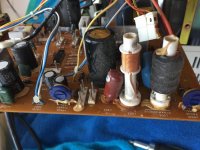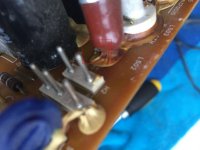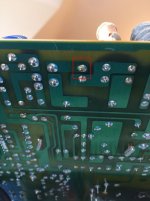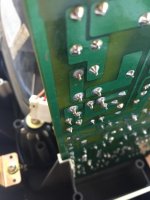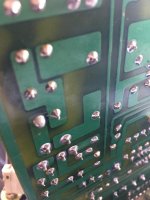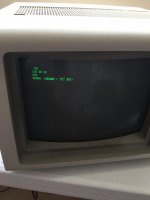I was recently given a faulty IBM 5151 monitor.
It powers on fine and has good brightness levels but the horizontal view has collapsed to a narrow strip in the centre of the screen.
The picture below is trying to display a directory listing but each file name is shrunk to a blob.
Has anyone seen this type of failure before or knows what it might be?
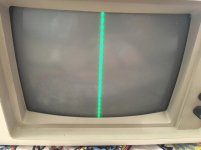
It powers on fine and has good brightness levels but the horizontal view has collapsed to a narrow strip in the centre of the screen.
The picture below is trying to display a directory listing but each file name is shrunk to a blob.
Has anyone seen this type of failure before or knows what it might be?


